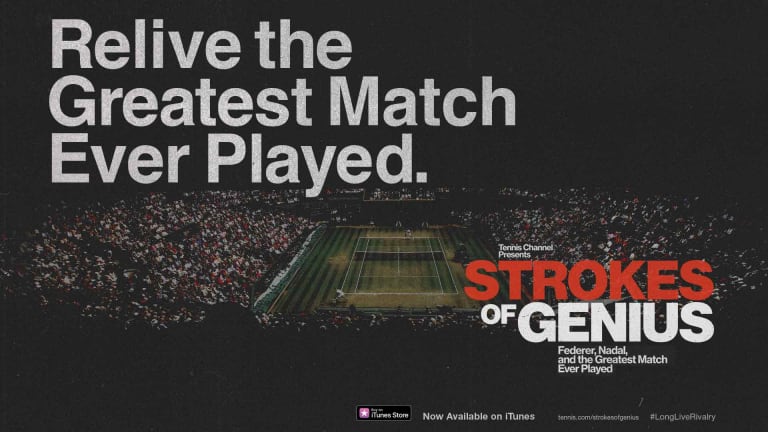LONDON—Inside Centre Court at Wimbledon, it was 12:30 p.m. It was a warm Monday, with the temperature near 80 and a mild breeze in the air. Inside “the Centre” (a term often employed by locals in the know), as fans streamed in to take their seats, the atmosphere was akin to that of an impending ritual—wedding, funeral, baptism, coronation—scheduled to occur at a clearly defined time. No dawdling. Please don’t be late.
In this case, all were gathered for the launching of a title defense; more pointedly, this being Wimbledon, not just a sporting event, but athletic theatre of the highest order. At 1:00 p.m., the holder, Roger Federer, would stride onto Centre Court to play his first-round match versus 57th-ranked Dusan Lajovic.
Prior to the arrival of the players, officials and ball-kids entered the court, each troupe given a warm ovation. Upon the entrance of Federer and his theoretical victim—more accurately, the opponent, Lajovic too clad in whites, he too a world-class player—the volume increased significantly, accompanied by a standing ovation. Hail to the king.
Over the last 23 hours, Federer had been under the public microscope that defines his life—nowhere more so than at Wimbledon. The previous day, just prior to 2:00 p.m., two dozen cameramen awaited his arrival for a practice session. Ninety minutes later, now clad in a blazer with a Wimbledon club member pin affixed to his right lapel, Federer faced a packed media interview room and held court on everything from the 2008 epic final he’d lost to Rafael Nadal to his criteria for selecting practice partners to his looks and his feelings on once again taking Centre Court as champion.
“It’s a big deal,” Federer had said about tennis’ most prominent court. “I mean, besides the history and the mythical place that it is, you cannot also practice on it. When you come out, there’s a bit of uncertainty for both players, from a very quiet week and site that we’ve seen this week, it’s just packed everywhere. The entire atmosphere changes at Wimbledon, and you realize the eyes are on you.”
WATCH—Match point from Federer's win over Lajovic:
